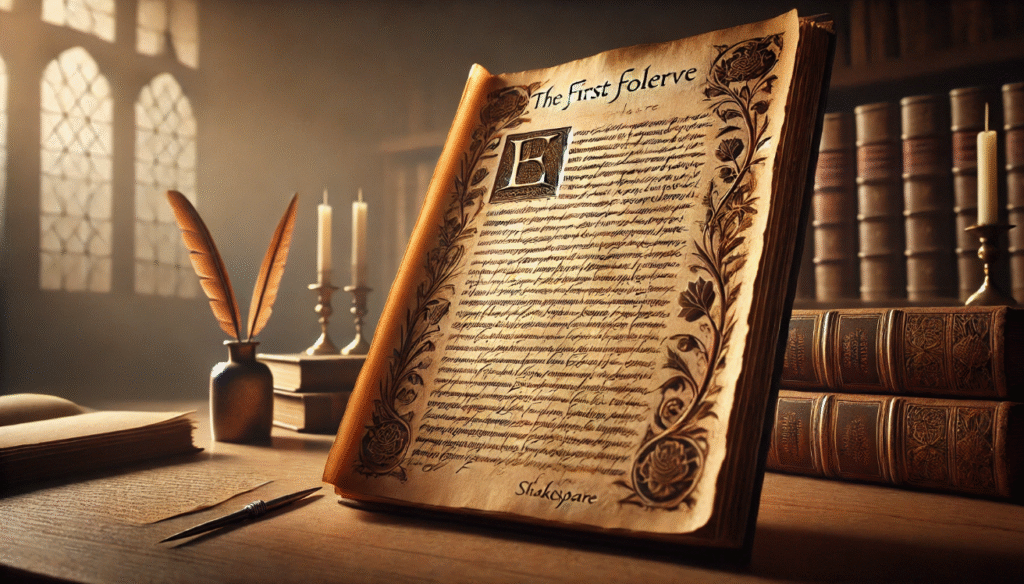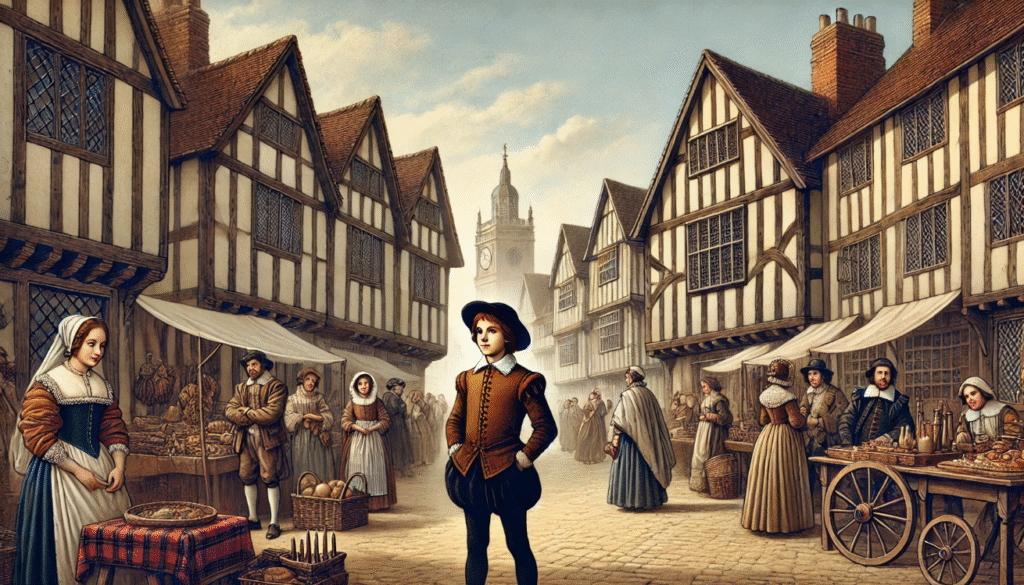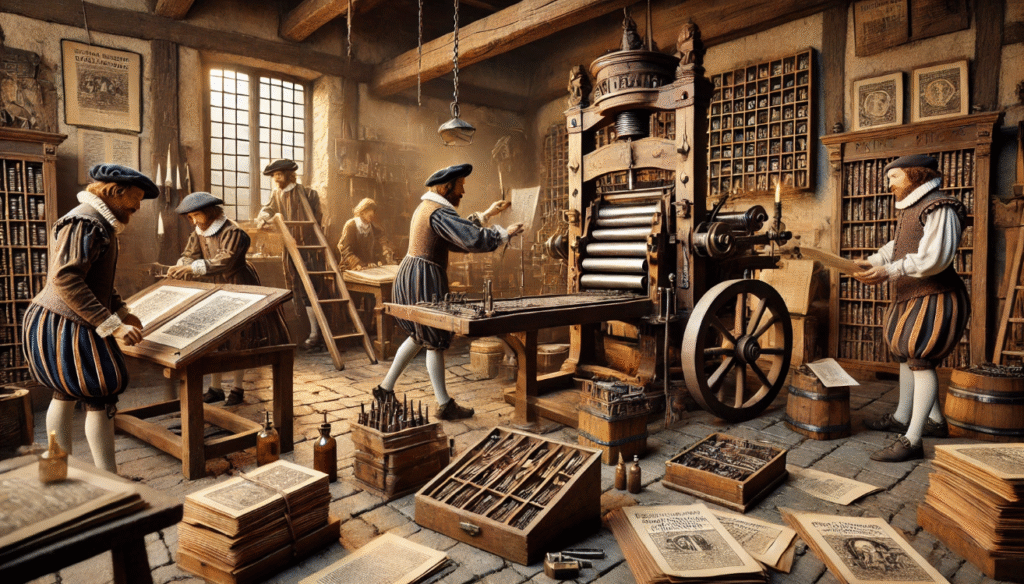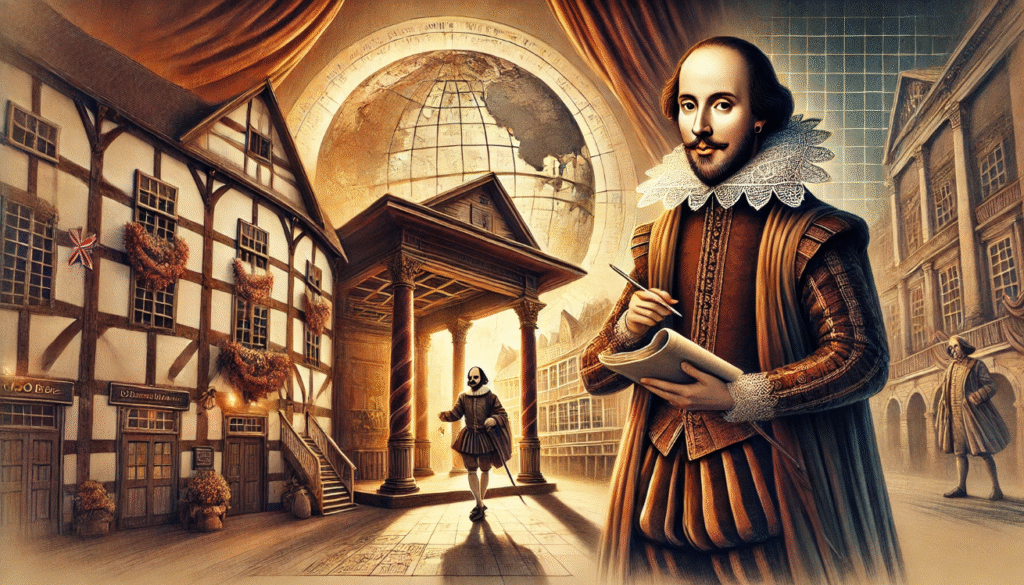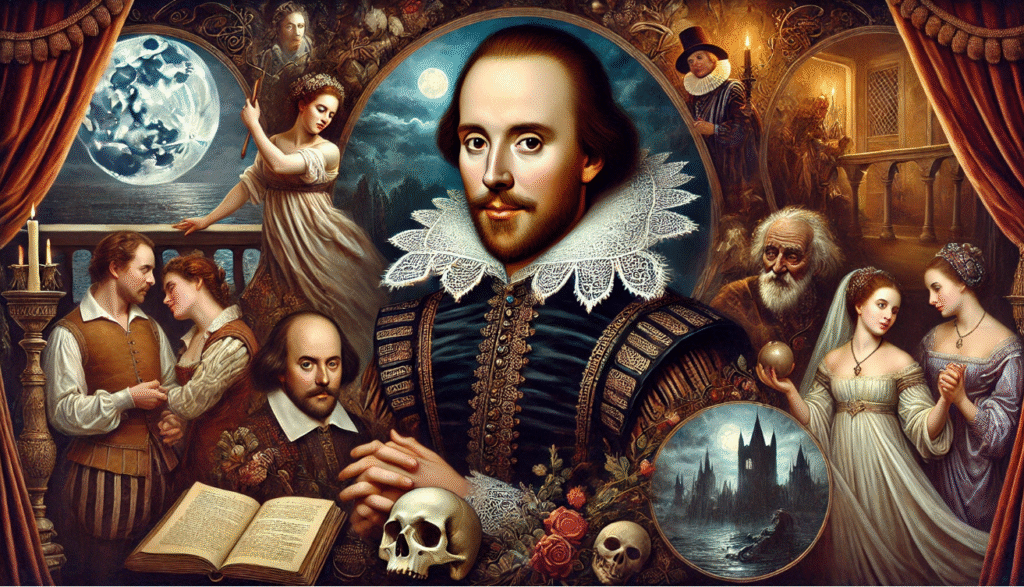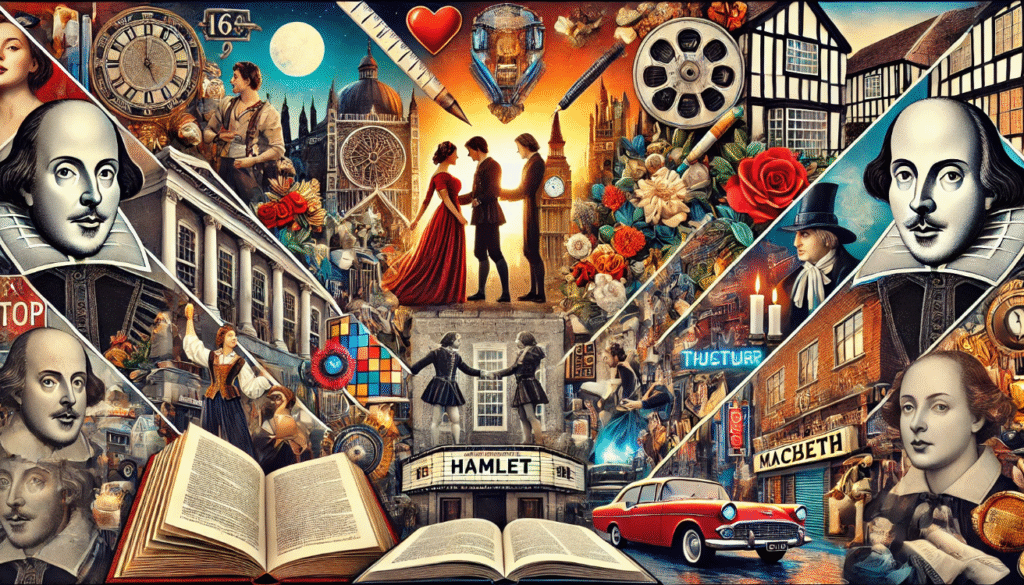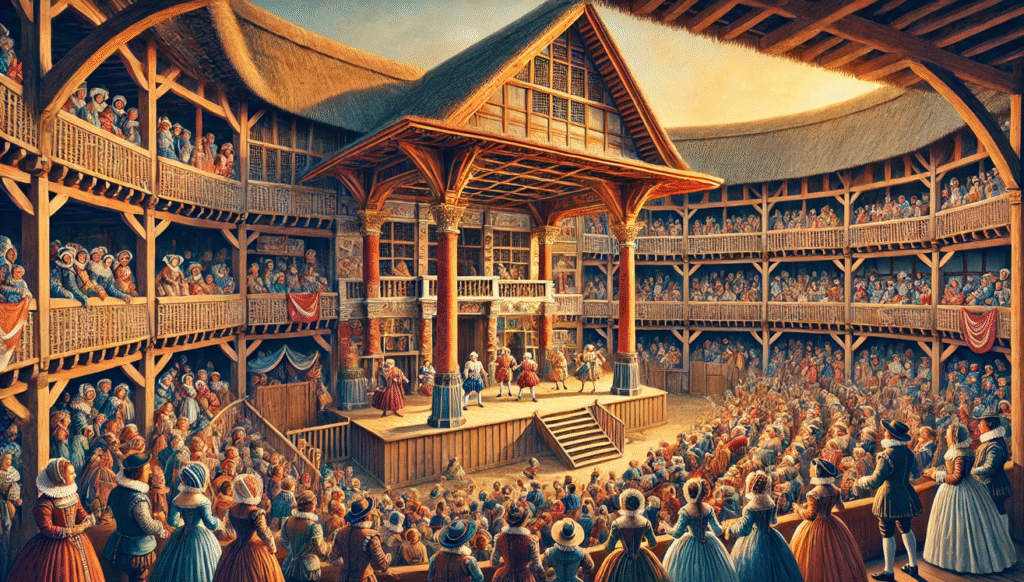
The preservation of Shakespeare’s original texts isn’t just a concern for scholars and librarians—it’s a vital key to unlocking the true power of his storytelling. Imagine reading Hamlet or Macbeth with lines missing, meanings altered, or poetic rhythms lost in translation. That’s exactly what’s at stake when we overlook the importance of preserving his original words. From the richness of his language to the psychological complexity of his characters, The preservation of Shakespeare’s original texts that have survived the centuries. In this article, we’ll explore why preserving these original works matters so deeply, and how it continues to shape our understanding of Shakespeare’s enduring legacy.
What Are Shakespeare’s Original Texts?

When we talk about the preservation of Shakespeare’s original texts, we’re referring to the earliest printed versions of his plays—mainly the Quartos and the First Folio.
Quartos were small, individual editions of plays printed during Shakespeare’s lifetime. They often varied in quality—some were accurate, while others were rushed, possibly based on actors’ memories rather than actual scripts.
The First Folio, published in 1623—seven years after Shakespeare’s death—is the most important collection. Compiled by his fellow actors John Heminge and Henry Condell, it includes 36 plays, many of which had never been printed before. Without the First Folio, we would have lost classics like Macbeth, Julius Caesar, and The Tempest.
The preservation of Shakespeare’s original texts give us the closest look at Shakespeare’s true voice. They preserve his language, stage directions, and poetic rhythm. Modern editions often change or simplify these elements, but going back to the originals helps us understand his style and intent more clearly.
In short, The preservation of Shakespeare’s original texts are the foundation of everything we know and love about his work today.
The Role of Preservation in Literary Accuracy

The preservation of Shakespeare’s original texts is essential for maintaining literary accuracy. When we preserve his earliest works—the Quartos and the First Folio—we protect the integrity of his language, structure, and meaning.
Shakespeare’s writing is full of wordplay, rhythm, and hidden layers. Even small changes can shift a character’s tone or a scene’s meaning. Modern edits or simplified versions often lose the depth and nuance found in the originals.
For example, an altered line in King Lear or Othello can weaken the emotional power or alter the theme entirely. Only by preserving the original versions can scholars, actors, and readers truly understand what Shakespeare intended.
Accurate preservation also allows consistent reference for study, teaching, and performance. It creates a stable foundation for interpreting the plays as Shakespeare wrote them—not just how they’ve been adapted over time.
In short, without preservation, we risk misreading Shakespeare’s true voice.
How Preservation Enhances Our Understanding of Shakespeare’s Intent

Preserving Shakespeare’s original texts helps us see what he truly meant. Every word, pause, and phrase was chosen with care. His use of meter, imagery, and structure wasn’t random—it was crafted to reveal emotion, character, and theme.
When original texts are kept intact, we can study how Shakespeare built meaning. For example, the switch from iambic pentameter to prose often signals a change in mood or status. If these patterns are lost in modern editions, so is the deeper message behind them.
Preservation also reveals how Shakespeare used language to guide actors. Stage directions, word emphasis, and line breaks offer clues about delivery and emotion. This helps performers bring his work to life as he intended.
Without accurate preservation, we’re left guessing. But with it, we can better connect with Shakespeare’s vision—and understand why his works still resonate today.
Historical Efforts to Preserve Shakespeare’s Texts

The preservation of Shakespeare’s original texts has been a priority for centuries. The effort began with the publication of the First Folio in 1623, compiled by Shakespeare’s fellow actors John Heminge and Henry Condell. Without their work, many plays might have been lost forever.
In the 18th and 19th centuries, scholars like Edmond Malone and Samuel Johnson began comparing early editions to correct errors and restore Shakespeare’s original words. These early editors helped establish the idea that preserving original texts was essential for understanding his work.
Libraries and institutions like the Folger Shakespeare Library in Washington, D.C., and the British Library in London have played a major role in preserving and digitizing these rare texts. Their collections allow researchers and the public to access original versions for study and performance.
Thanks to these historical efforts, we have a clear window into Shakespeare’s world—and a foundation for future generations to explore it.
Modern Challenges and Innovations in Textual Preservation

Today, the preservation of Shakespeare’s original texts faces both challenges and exciting new solutions.
One major challenge is physical decay. Original Quartos and Folios are over 400 years old, and even in controlled environments, they can suffer from fading ink, brittle paper, and water damage.
Another issue is inconsistency in early editions. Since different versions of the same play exist, scholars must decide which text is most accurate—a task that’s often debated.
But innovation is changing the game. Digital preservation now allows high-resolution scans of original texts, making them available to anyone online. Projects like the Internet Shakespeare Editions and Folger Digital Texts offer clean, searchable versions with notes and comparisons.
AI and machine learning tools are also being used to analyze language patterns and restore corrupted texts with greater precision than ever before.
These advances ensure that Shakespeare’s words remain accessible, accurate, and alive for generations to come.
Why This Matters for Readers, Performers, and Scholars Today

The preservation of Shakespeare’s original texts isn’t just about history—it directly impacts how we read, perform, and study his work today.
For readers, preserved texts offer richer meaning. You experience the language as Shakespeare wrote it, with its rhythm, wordplay, and emotional depth intact.
For performers, original texts give crucial clues for delivery. Line breaks, punctuation, and stage directions guide pacing, tone, and movement—bringing characters to life as Shakespeare intended.
For scholars, accurate preservation is essential for research. It allows deeper analysis of themes, language, and cultural context, opening doors to new interpretations.
In short, preserving Shakespeare’s texts helps everyone—from casual readers to professional actors—connect more deeply with his genius.
The Enduring Importance of Preserving Shakespeare’s Original Texts

In the end, the preservation of Shakespeare’s original texts is more than just an academic pursuit—it’s essential for keeping his work true to its original brilliance. Whether for readers, performers, or scholars, having access to the authentic texts allows us to experience Shakespeare as he meant to be understood. The preservation of these works ensures that the power of his language, the depth of his characters, and the brilliance of his themes continue to resonate with audiences today and for generations to come.
By safeguarding these texts, we honor the legacy of one of the greatest writers in history—and ensure that his works can still speak to us with the same relevance and emotional impact as they did centuries ago.

